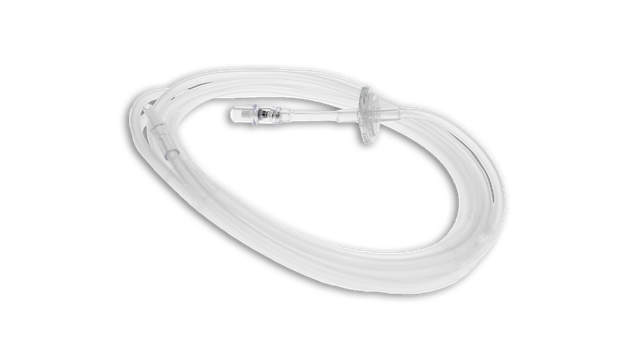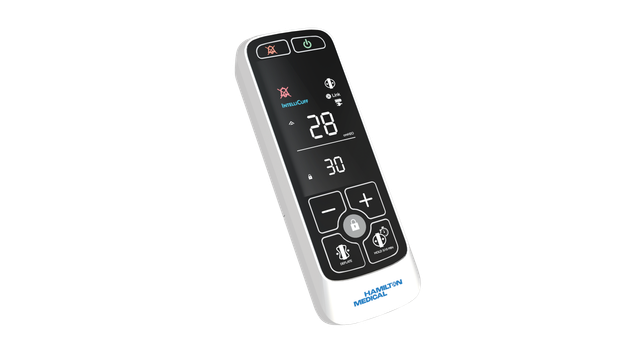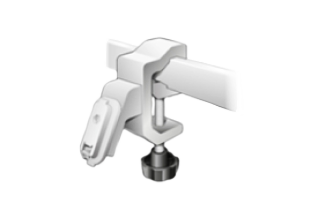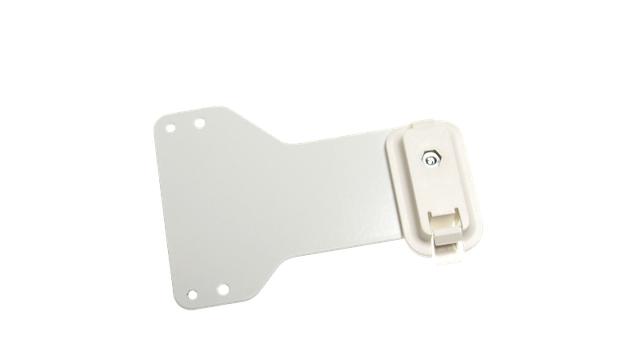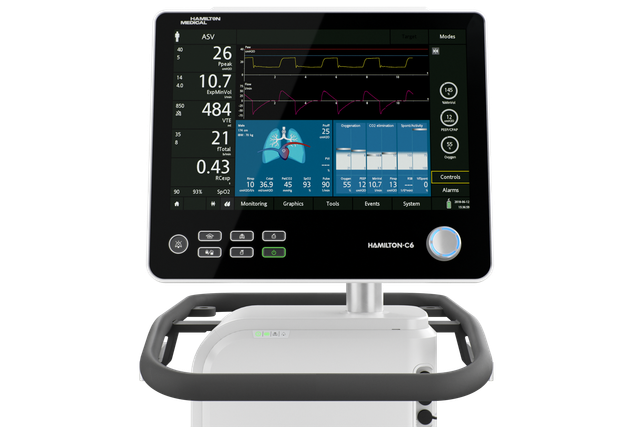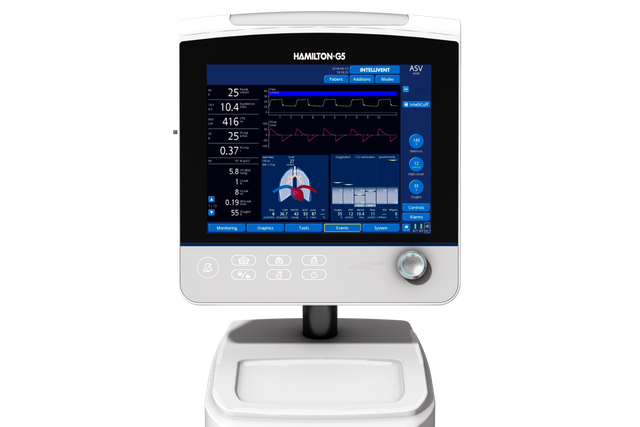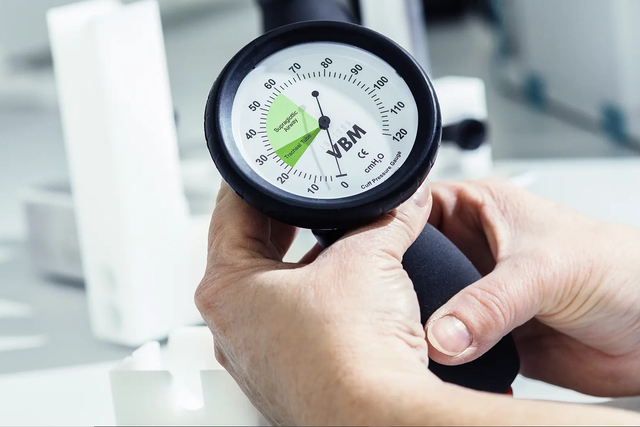
Un compito costante: la regolazione continua della pressione di cuffia
Le soluzioni convenzionali per la gestione della pressione di cuffia richiedono di monitorarla e regolarla manualmente.
Possono essere necessarie anche otto regolazioni al giorno per mantenere la pressione di cuffia sempre all'interno dell'intervallo desiderato (
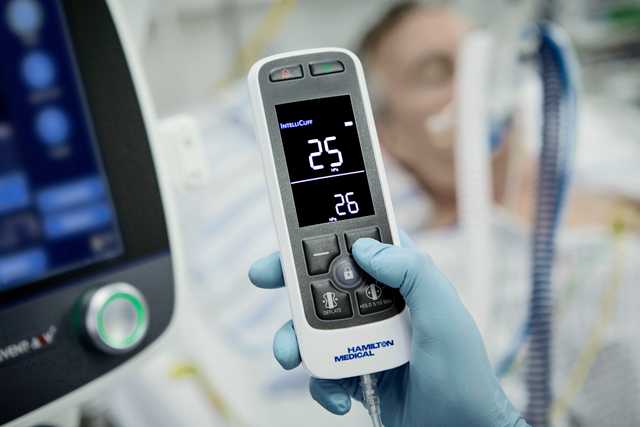
C'è una soluzione semplice: il controllo automatico della pressione di cuffia
IntelliCuff protegge le vie aeree del paziente (
È possibile utilizzarlo sia come dispositivo autonomo da associare a tutti i ventilatori meccanici, sia come soluzione integrata per i modelli HAMILTON‑C6 e HAMILTON‑G5/S1.
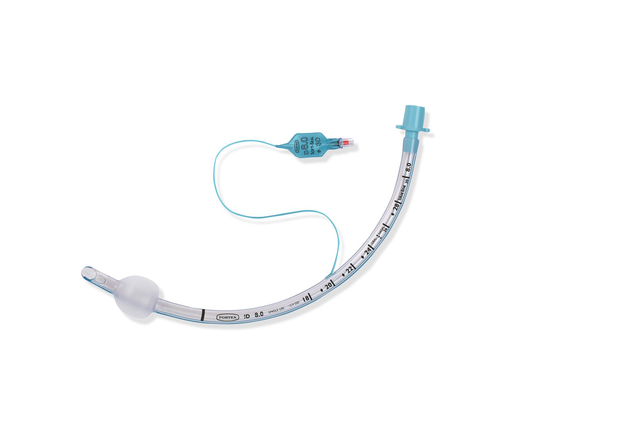
Come funziona? I principi alla base di IntelliCuff
È sufficiente impostare la pressione di cuffia desiderata: IntelliCuff prende il controllo per monitorare costantemente e mantenere la pressione impostata. La pressione misurata nella cuffia è visualizzata come valore di monitoraggio.
Nell'eventualità che la cuffia sia danneggiata, IntelliCuff genera un allarme e continua a compensare la perdita per mantenere ferme le vie aeree.

Cosa dicono i clienti
Utilizziamo IntelliCuff come funzione standard per contribuire a evitare la VAP nei pazienti sottoposti a ventilazione meccanica. IntelliCuff controlla automaticamente e regolarmente la pressione di cuffia. È di grande aiuto al personale assistenziale, perché non dobbiamo controllare personalmente la pressione di cuffia ogni ora.
Sandra Rupp
Responsabile infermeria di terapia intensiva
Ospedale cantonale dei Grigioni, Coira, Svizzera
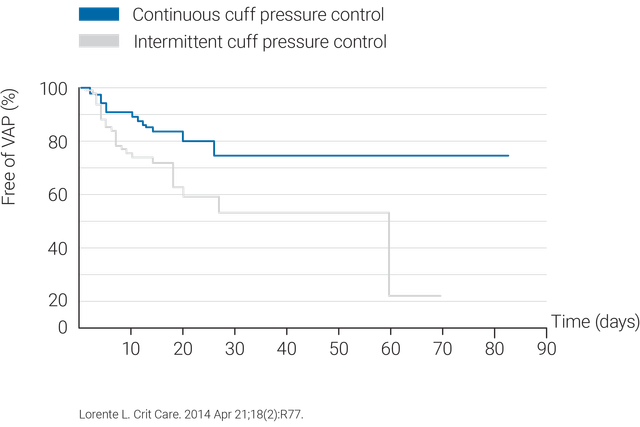
Ma è davvero sicuro? Uno sguardo alle prove
L'utilizzo di un sistema di controllo continuo della pressione di cuffia come IntelliCuff è più efficace nel mantenere la pressione di cuffia all'interno di un intervallo ottimale (
Per evitare lesioni tracheali e ulcere da pressione, IntelliCuff ha un'impostazione predefinita per la pressione di cuffia pari a 25 cmH2O (

Buono a sapersi! Risorse per la formazione su IntelliCuff
Accessori e prodotti di consumo
Disponibilità
IntelliCuff è disponibile come dispositivo autonomo per tutti i ventilatori o come soluzione integrata opzionale sui modelli HAMILTON‑C6 e HAMILTON‑G5; è inoltre di serie sul ventilatore HAMILTON‑S1.
Per ulteriori informazioni
Bibliografia
- 1. Chenelle CT, Oto J, Sulemanji D, Fisher DF, Kacmarek RM. Evaluation of an automated endotracheal tube cuff controller during simulated mechanical ventilation. Respir Care. 2015;60(2):183‑190. doi:10.4187/respcare.03387
- 2. Lorente L, Lecuona M, Jiménez A, et al. Continuous endotracheal tube cuff pressure control system protects against ventilator‑associated pneumonia. Crit Care. 2014;18(2):R77. Published 2014 Apr 21. doi:10.1186/cc13837
- 3. Nseir S, Zerimech F, Fournier C, et al. Continuous control of tracheal cuff pressure and microaspiration of gastric contents in critically ill patients. Am J Respir Crit Care Med. 2011;184(9):1041‑1047. doi:10.1164/rccm.201104‑0630OC
- 4. Wang R, Sun B, Li X, et al. Mechanical Ventilation Strategy Guided by Transpulmonary Pressure in Severe Acute Respiratory Distress Syndrome Treated With Venovenous Extracorporeal Membrane Oxygenation. Crit Care Med. 2020;48(9):1280‑1288. doi:10.1097/CCM.0000000000004445


